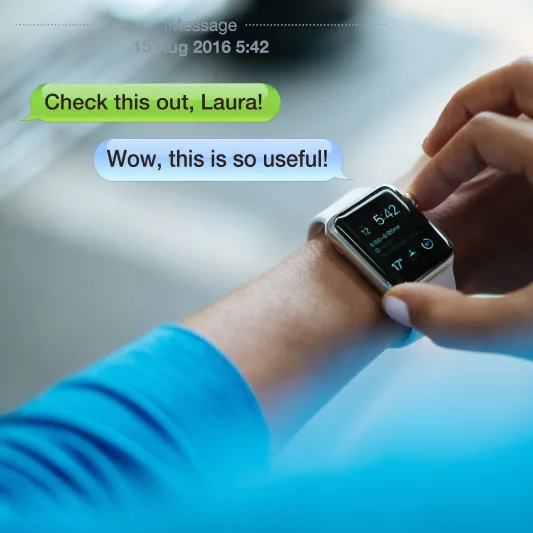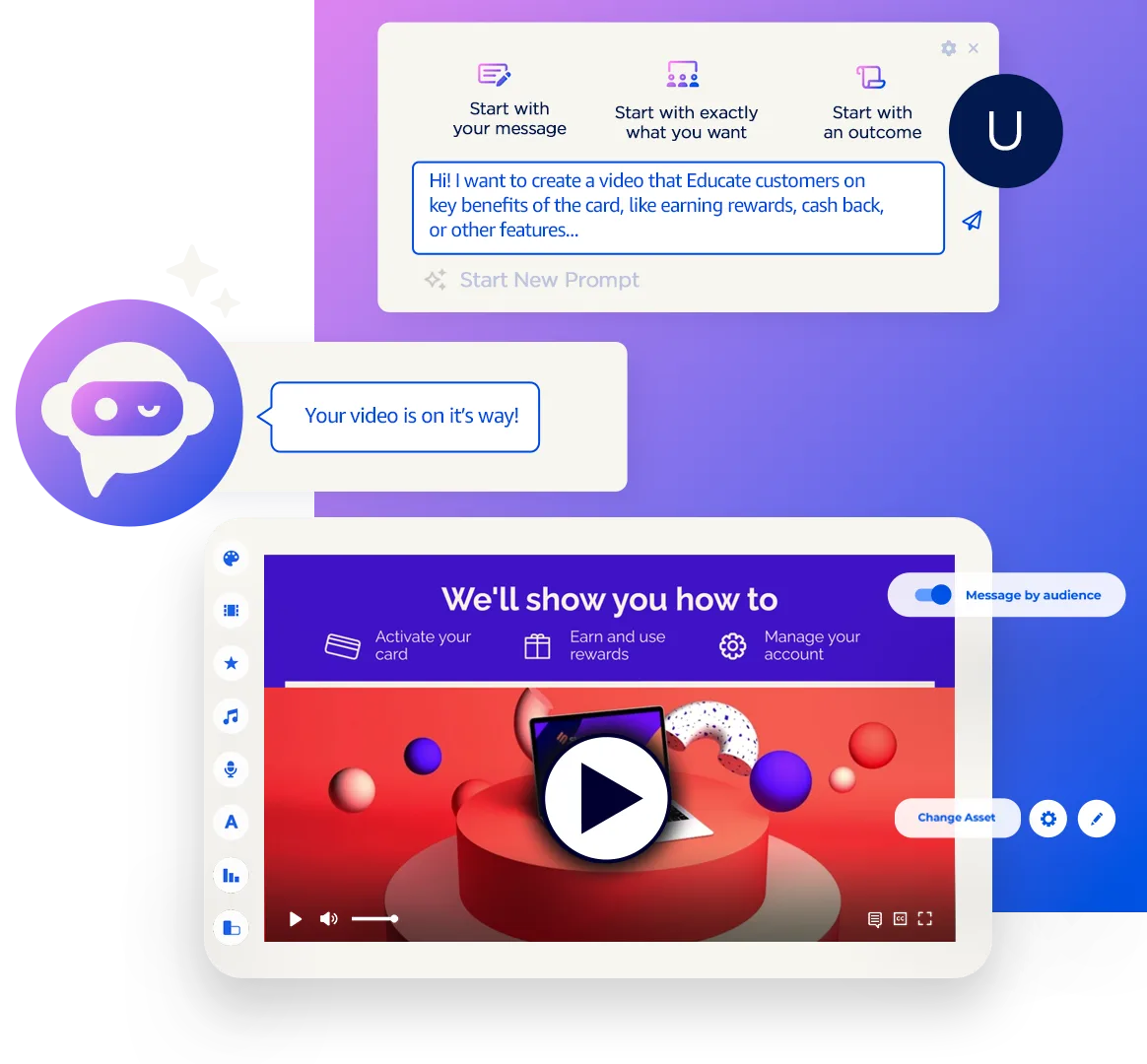Consumers are sick of being constantly bombarded by brands – pop-up ads in their mobile apps, spam emails all day long and pre-roll ads that precede the latest sports highlights are just the tip of the iceberg. The noise is deafening, but what makes it worse is that much of this noise is completely irrelevant. Brands can shout their messages from every mountaintop, but it’s falling on deaf ears – unless they’re actively working towards customer engagement on a one-to-one level. Below are seven lessons for marketers to build a receptive audience with whom to share stories and communications in the most highly relevant way.
- There is no one-size-fits-all strategy to building customer engagements.
Your first step as a marketer is to determine the goals of each engagement and then to strategize how to reach those goals. Who are your existing customers and target audiences? What messages resonate with those audiences already, what channels are most effective for reaching those prospects, and which touch points are most relevant to be successful? Do this preliminary research first, then get ready to test.
- Your data management is coming to, now’s the time to experiment.
Brands are finally beginning to understand their data management platforms (DMPs) a little better. Even just a year ago, it’d be rare to speak with marketers who are actively employing DMPs, let alone using their data in truly impactful ways. Mark Zagorski, CEO of eXelate and EVP of Nielsen Marketing Cloud, in 2014 estimated that only 8 to 10 percent of Fortune 100 companies were using DMPs, though he predicted adoption to take off within two to three years. The truth is most enterprise B2C marketers I speak with say their DMP is still young but that their team is ready to begin testing applications of the information. In other words, organized data is starting to make sense, now is the time to start testing use cases for it.
- Don’t just guess when to engage with customers.
While brands today send out a lot of blanket communications via email, and hope the recipient will open and take action, they’re quickly learning that a potentially better approach is to engage with customers when they’re ready to engage with you. For example, if someone came to your travel-booking site and started a search, but never completed a reservation, she’s raised her hand to say she is interested in travel. That’s an indicator of an opportunity to get back in front of her and pull her back in.
- Think about where, when, why and how to communicate with customers, not just with whom and with what message.
As data becomes available, look ahead to leverage it in such a way that interactions with a customer are helpful and relevant. Know the details about how your customers actually want to hear from you – if you’re a retailer, it might be every Sunday when you email out your weekly specials; if you’re a financial services company, it might be monthly when customers log in to view their statements; or if you’re an insurance provider, it could by annually when its time to renew, or event-triggered when your customers need to file a claim through your mobile app.
- Deliver on your promise, or risk turning off customers even more.
If customers opt into your email list to get weekly offers that are relevant to them, those offers better live up to that standard. If you tell customers that a video is personalized for them, it needs to be obvious it is – and not just reference their first names. Marketers know how hard it is to get customers to engage with a brand, so it’s critical that when consumers do choose to interact, every aspect of the engagement is on point, relevant and compelling. When customers give you permission to communicate with them and then choose to engage with your communication, if it is not relevant, the repercussions are much greater than if they had simply tuned you out – they will actively get upset with you. So if you promise a certain standard, you must live up to it.
- Listen to the data – it’ll be obvious when you’re doing it right (or wrong).
A lot of trial and error has to happen to figure out what’s resonating with customers and what’s not. But, what results from this testing is a whole lot of data. Beyond the initial data used to craft your program, use data from results to inform your activities moving forward. Make sure the data you’re looking at aligns with the original goals, and continue to re-evaluate as your campaign evolves.
- Following these steps does not guarantee you success – but they do help.
One thing to keep in mind when you’re communicating with customers is trust. If you already have it, you’re more likely to continue engaging with your audience successfully, and following these tips will only help. But if your brand is struggling to create a base level of trust, engagement will be a challenge. For some customers who already distrust you, no communication will change their minds. But if you’re at least meeting them halfway with well-timed, well-messaged, well-strategized and well-personalized content, you have a shot to at least build trust and improve the relationship.
Learn how Atlantis Paradise Island turns customer engagement best practices into actions.







![The SaaS Pulse Show [Podcast] featuring SundaySky CEO Marc Zionts](https://sundaysky.com/wp-content/uploads/2025/01/SaaS-Pulse-Show-png.webp)